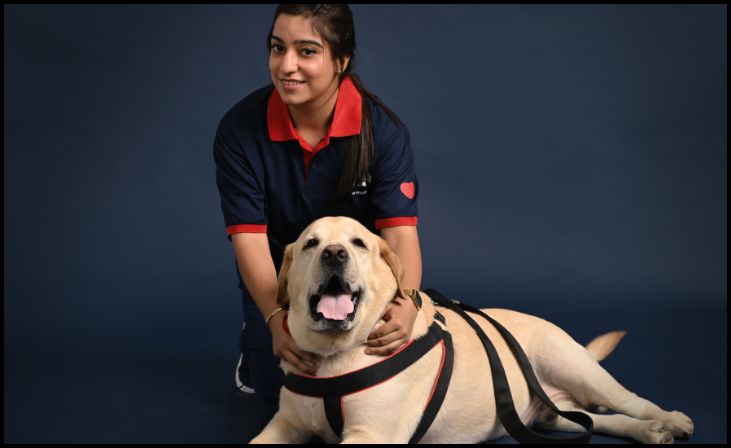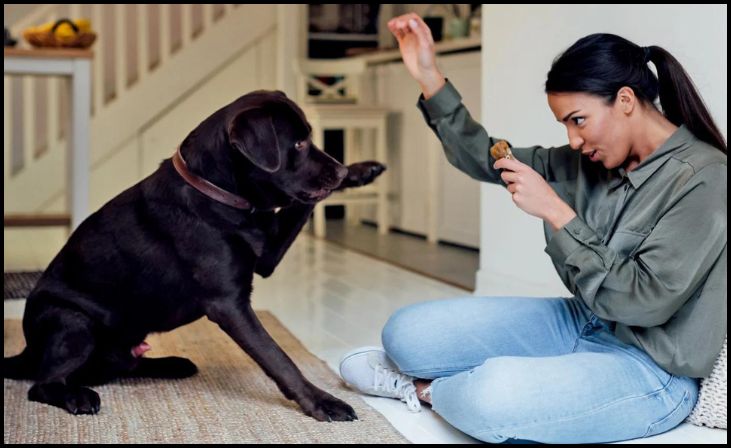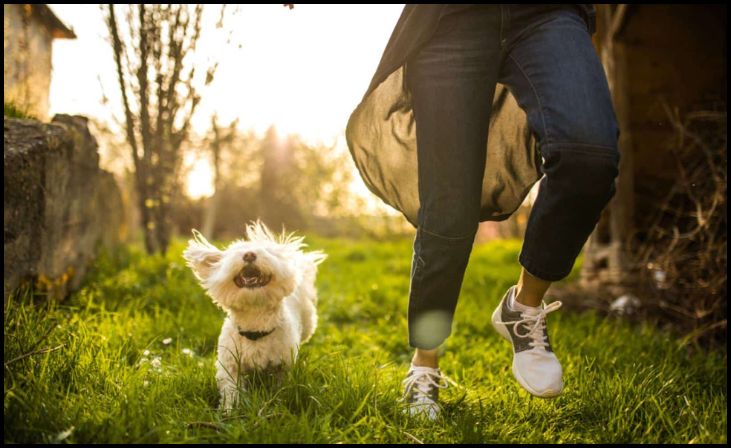Training your dog at home is not just about teaching obedience; it’s about creating a strong bond and ensuring they become well-adjusted companions. A well-trained dog is safer, happier, and more fun to live around. In this article, we will explore ten effective methods to train your dog at home. These strategies will help you establish positive behaviors, enhance communication, and build a rewarding relationship with your furry friend.
10 Effective Ways to Train Your Dog at Home
Start with Basic Commands
Begin your training sessions with basic commands such as sit, stay, come, and heel. Keep sessions short, around 10-15 minutes, to maintain your dog’s focus and enthusiasm. Use positive reinforcement like treats or verbal praise immediately after your dog performs correctly. This strengthens the association between the command and the reward, making learning more effective and enjoyable for your pet.

Use Positive Reinforcement
Positive reinforcement is crucial in dog training. It involves rewarding your dog with treats, toys, or praise when they exhibit desired behaviors. This method motivates them to repeat those behaviors in the future. Timing is key—reward promptly after the correct behavior to reinforce the connection. Consistency and patience are essential; over time, your dog will learn to associate good behavior with positive outcomes.
Read Also: 10 Essential Grooming Tips for Dogs
Establish a Routine
Dogs thrive on routines and predictability. Establish a consistent schedule for feeding, training sessions, walks, and playtime. This structure helps your dog know what to expect and reduces anxiety. Consistency in timing and activities also reinforces desired behaviors, making training more effective. Whether it’s morning walks, afternoon training, or evening playtime, a routine provides stability and helps your dog feel secure in their environment.
Practice Patience and Consistency
Training your dog requires patience and consistency. Dogs learn through repetition and reinforcement, so be patient as they progress at their own pace. Use the same commands and gestures consistently to avoid confusion. Reward desired behaviors every time to reinforce them effectively. If your dog makes mistakes, stay calm and redirect them to the correct behavior without punishment. Consistent training builds trust and strengthens the bond between you and your dog over time.

Socialize Your Dog
Socialization is vital for a well-rounded dog. Introduce your puppy or dog to various people, animals, environments, and situations from an early age. Positive interactions during socialization build confidence and teach your dog how to behave appropriately in different settings. Gradually expose them to new experiences while monitoring their comfort level. Proper socialization reduces fear and aggression, making your dog more relaxed and friendly around unfamiliar people and animals.
Use Clicker Training
Popular technique known as “clicker training” marks desired actions using a little gadget that produces a clicking sound. Pair the click with a reward, such as a treat or praise, to communicate to your dog exactly when they’ve done something right. The clicker bridges the gap between the behavior and the reward, making learning quicker and clearer for your dog. It’s a precise and effective way to reinforce positive behaviors and shape new ones through repetition and consistency.
Address Undesirable Behaviors Promptly
When your dog exhibits undesirable behaviors like chewing furniture or excessive barking, address them promptly and consistently. Ignore behaviors you don’t want to encourage and redirect your dog’s attention to an acceptable alternative. Positive reinforcement can help reinforce good behaviors while discouraging unwanted ones. Avoid punishment, as it can confuse your dog and damage your relationship. Instead, focus on teaching and reinforcing behaviors you want to see, using patience and consistency to guide your dog toward appropriate behavior.

Exercise Both Body and Mind
Physical exercise and mental stimulation are essential for a healthy, well-behaved dog. Incorporate daily activities like walks, runs, or play sessions to keep your dog physically fit and mentally engaged. Mental stimulation can include puzzle toys, obedience training, or interactive games that challenge your dog’s problem-solving skills. A combination of physical and mental exercise not only burns off excess energy but also prevents boredom and destructive behaviors. Tailor activities to your dog’s breed, age, and energy level to ensure they stay happy and fulfilled.
Seek Professional Guidance if Needed
If you encounter challenges or your dog exhibits persistent behavioral issues, seek advice from a certified dog trainer or behaviorist. They can assess your dog’s behavior, provide expert guidance, and develop a personalized training plan. Professional trainers offer valuable insights and techniques tailored to your dog’s specific needs, helping you address behavioral problems effectively. Whether it’s leash pulling, aggression, or anxiety, professional guidance ensures you receive the support and tools necessary to help your dog overcome challenges and thrive.
Be a Kind and Assertive Leader
Establish yourself as a calm, assertive leader in your dog’s eyes. Set clear boundaries and expectations using positive reinforcement and rewards. Consistency in your actions and commands reinforces your leadership role while building trust and respect. Avoid using harsh punishment or intimidation, as these methods can erode trust and cause fear. Instead, focus on positive reinforcement to encourage desired behaviors and redirect or ignore unwanted ones. By being a kind and confident leader, you create a supportive environment where your dog feels secure and understands what is expected of them.
Read Also: Top 10 Essential Supplies Every New Pet Owner Needs
Conclusion
Training your dog at home is a journey that enhances the relationship between you and your canine companion. By implementing these ten effective methods—starting with basic commands, using positive reinforcement, establishing a routine, practicing patience and consistency, socializing your dog, utilizing clicker training, addressing undesirable behaviors promptly, providing both physical and mental exercise, seeking professional guidance if needed, and being a kind yet assertive leader—you can foster good behavior and ensure a harmonious household.
FAQs
How long should training sessions be?
Training sessions should be kept short, around 10-15 minutes, to maintain your dog’s focus and enthusiasm.
What if my dog doesn’t respond to positive reinforcement?
If your dog doesn’t respond well to positive reinforcement, consult a professional trainer for alternative techniques tailored to your dog’s needs.
How can I prevent my dog from chewing furniture?
Redirect your dog’s attention to appropriate toys and use positive reinforcement to encourage desired chewing behaviors.


